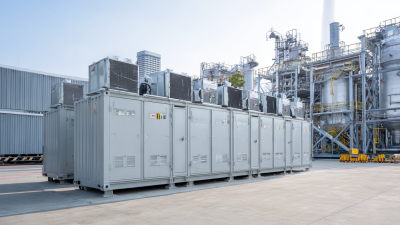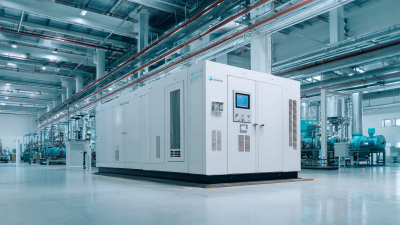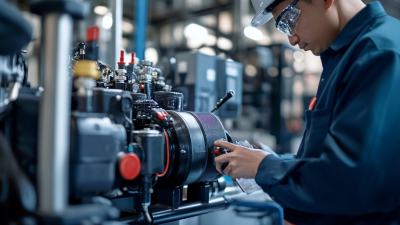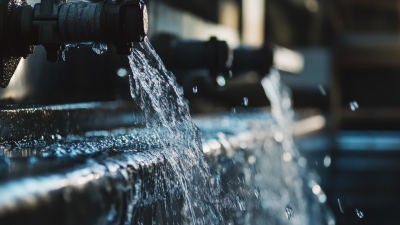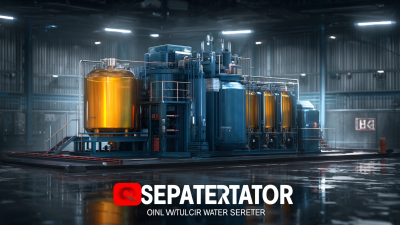
- sales@bjbod.com
- Mon - Sat at 7:00AM to 9:00PM

In today's dynamic industrial landscape, maintaining a safe and healthy workplace is more crucial than ever. One significant advancement in ensuring this safety is the deployment of Industrial Air Purifiers. These powerful devices are engineered to effectively remove harmful pollutants, allergens, and particulate matter from the air, fostering a cleaner and healthier working environment. As industries strive to comply with stringent health regulations and enhance employee well-being, understanding the science behind Industrial Air Purifiers has become imperative. This exploration not only elucidates the operational mechanisms of these purifiers but also highlights their vital role in reducing workplace hazards, improving air quality, and ultimately boosting productivity.
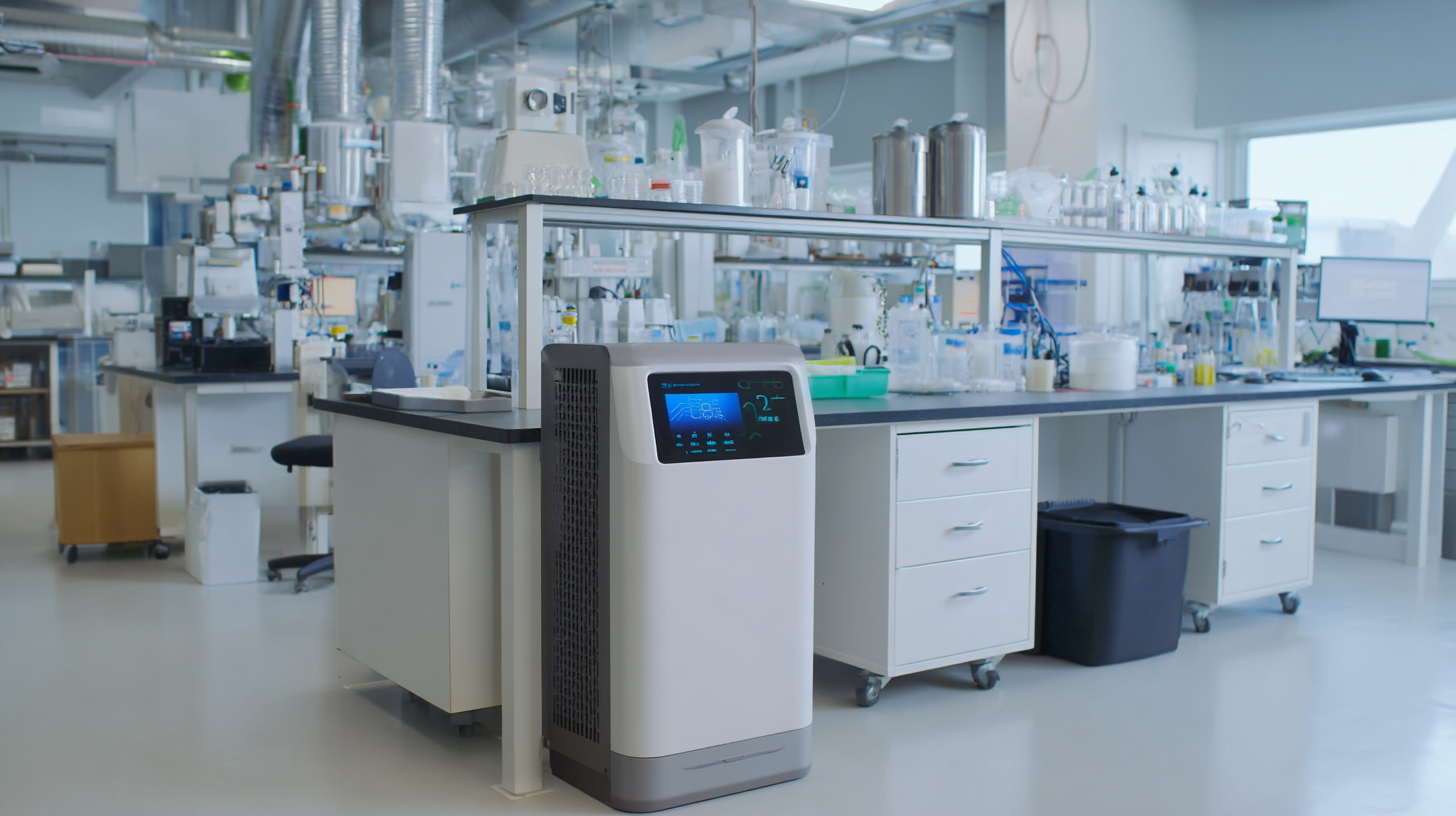
By integrating advanced filtration technologies and real-time monitoring systems, Industrial Air Purifiers stand at the forefront of innovation, driving a safer industrial future.
Industrial air purifiers play a crucial role in enhancing workplace safety by maintaining air quality and reducing hazardous pollutants. In industrial settings, workers are often exposed to various airborne contaminants, including dust, chemicals, and biological agents. These pollutants can lead to respiratory issues, allergic reactions, and long-term health problems. By utilizing advanced air purification technologies, such as HEPA filters and activated carbon, these systems can effectively capture and neutralize harmful particles, creating a safer environment for employees.
Moreover, the implementation of industrial air purifiers not only supports health and safety regulations but also contributes to increased productivity. A clean air environment leads to fewer sick days and enhanced employee morale. Workers can focus on their tasks without the distraction of poor air quality, ultimately leading to improved efficiency and operational performance. Therefore, investing in high-quality air purification systems is a vital step towards safeguarding the health of employees and ensuring a sustainable and productive workplace.
Industrial air purifiers play a crucial role in enhancing workplace safety by combating harmful pollutants such as formaldehyde, particularly prevalent in newly constructed or furnished environments. The efficiency and effectiveness of these purifiers are driven by key technologies that cater to the specific needs of diverse workspaces. Advanced filtration systems often incorporate activated carbon and HEPA filters that work in tandem to capture a wide range of airborne contaminants, thus ensuring healthier air quality for employees.
Furthermore, developments in smart air purification technology have led to the integration of real-time monitoring systems. These systems continuously assess air quality levels and adjust purification processes accordingly, optimizing performance while minimizing energy consumption. With the growing awareness of indoor air pollution's impact on health, the demand for effective air purifiers equipped with innovative features is expected to rise, underscoring the significance of these technologies in safeguarding worker well-being.
In industrial environments, workers are frequently exposed to a range of airborne pollutants that can adversely affect their health and safety. Common contaminants include volatile organic compounds (VOCs), dust, particulate matter, and gaseous emissions produced during manufacturing processes. VOCs can arise from the use of solvents and chemicals, contributing to respiratory issues and long-term health complications. Similarly, particulate matter, often generated from machinery and material handling, poses risks of respiratory diseases and can aggravate pre-existing health conditions.

To mitigate these hazards, understanding the nature of these pollutants is crucial. For instance, fine particulate matter (PM2.5) can infiltrate the respiratory system, leading to serious health concerns not only for those at the source but also for nearby employees. Therefore, industrial air purifiers play a pivotal role in improving workplace safety by effectively removing these harmful substances from the air. Advanced filtration systems can capture and neutralize VOCs, particulate matter, and other toxic emissions, creating a healthier working environment. By investing in such technologies, industries can protect their workforce from the dangers posed by airborne pollutants, ultimately leading to enhanced productivity and well-being.
When selecting the right air purifier for your facility, it is crucial to consider several factors to ensure workplace safety and efficiency. First, assess the size of the area that needs purification. Air purifiers come with specified coverage areas, and choosing one that matches or exceeds your space dimensions will enhance its effectiveness. Additionally, evaluate the type of pollutants predominant in your facility, such as volatile organic compounds (VOCs), dust, allergens, or particulate matter. Different filters and technologies, such as HEPA filters and activated carbon, target specific contaminants, making it essential to align your choice with your facility’s needs.
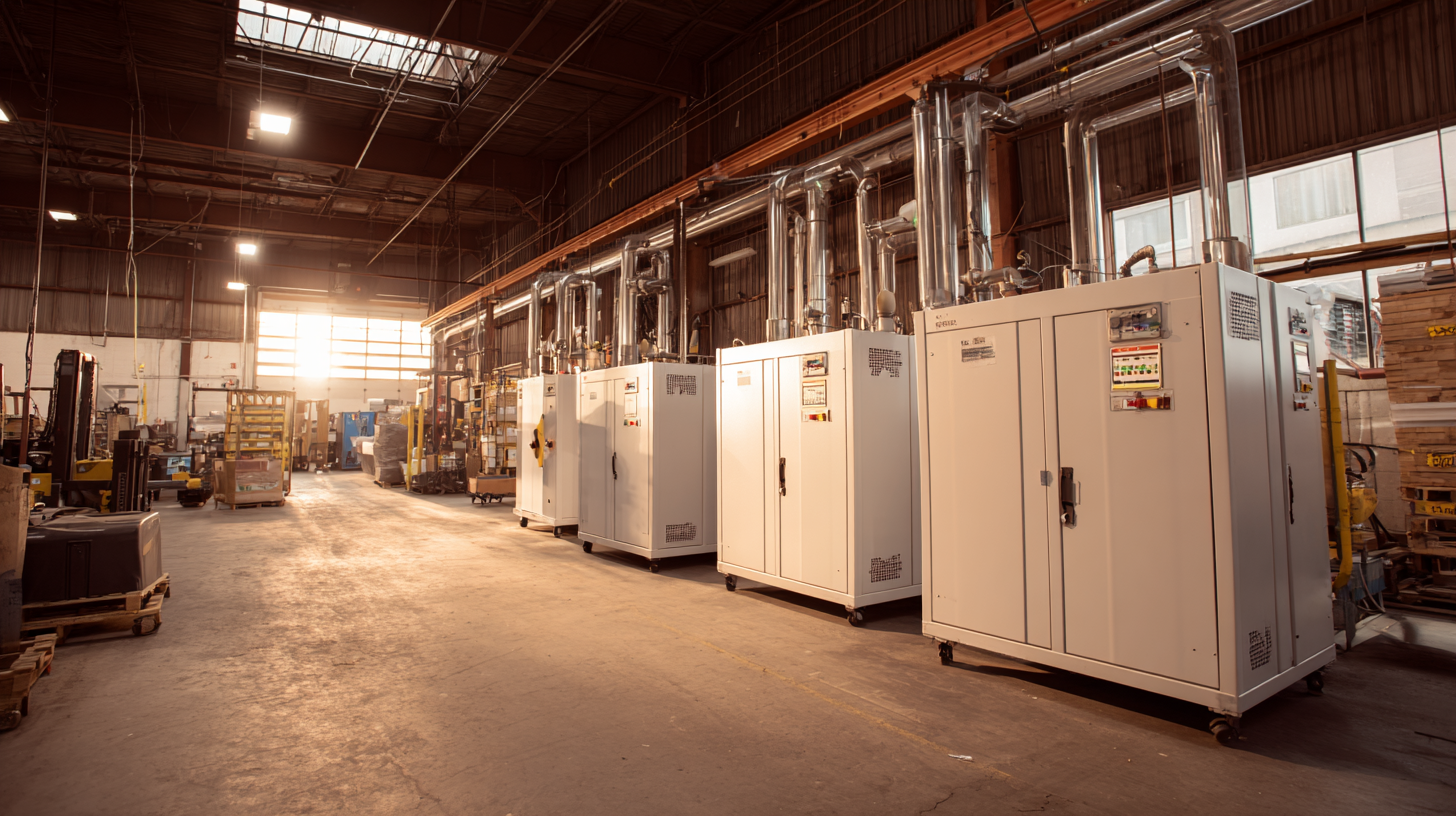
Next, prioritize the air purifier's energy efficiency and noise levels. An energy-efficient model will reduce operating costs while minimizing its environmental impact. Furthermore, consider the noise produced by the unit, especially if it will be placed in areas where employees need to concentrate. A quieter model can contribute to a more pleasant work environment. Lastly, examine maintenance requirements; easy-to-replace filters and straightforward cleaning processes will save time and ensure that the purifier continues to function at its best, promoting a healthier workplace for all.
Maintaining and monitoring air purifiers is essential for ensuring their optimal performance in the workplace. Regular maintenance tasks include cleaning or replacing filters, checking for any blockages in the system, and ensuring that the purifier is running at the correct capacity. Neglecting these tasks can reduce the efficiency of the unit, allowing airborne contaminants to accumulate and reducing air quality.
**Tips for Maintenance:** Schedule routine checks every month to clean the filters and inspect the unit for any signs of wear. Keep a maintenance log to track when each task is completed. This not only helps in maintaining efficiency but also in extending the lifespan of the air purifier.
Additionally, monitoring the air quality in the workplace can provide valuable insights into the effectiveness of the purifiers. Utilize air quality sensors to gauge levels of particulate matter and other pollutants. This data can inform adjustments in operation times or the need for upgrades.
**Tips for Monitoring:** Set reminders to review air quality readings at regular intervals, and don't hesitate to adjust your air purification strategy based on the conditions in the workplace. Regular monitoring ensures a safer and healthier environment for all employees.
